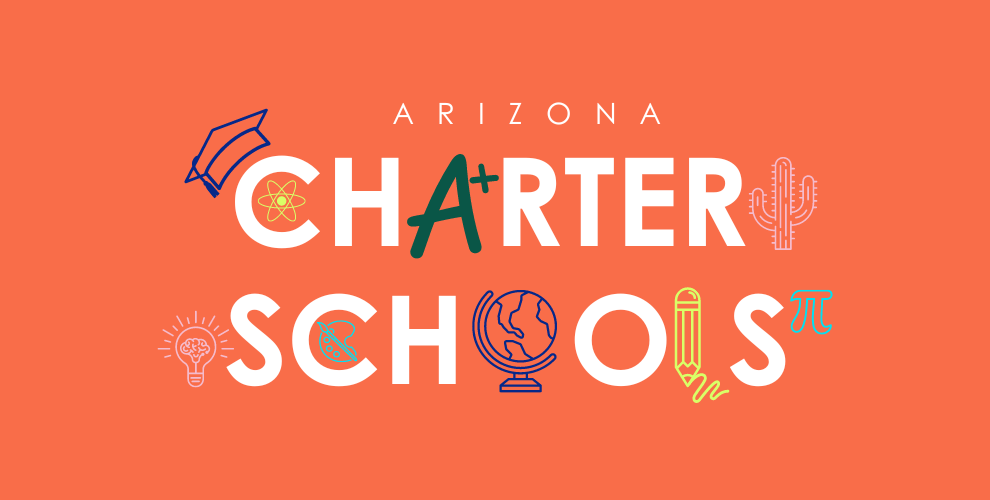Charter schools are tuition-free schools that are publicly funded but independently run. This unique operation model sets charter schools apart from traditional public schools and gives them more freedom over curriculum, staffing and budgeting.
In our article “How Do Charter Schools Work?”, we cover the basics of what charter schools are and how they differ from traditional public schools and private schools. However, specific charter school laws and regulations vary from state to state.
Arizona has a long history of providing parents with ample school choice options. With several private school tuition assistance programs and an open-enrollment policy for public schools, it’s no surprise that Arizona has a thriving charter school program, too.
Here’s your crash course on how charter schools work in Arizona.
History of Arizona charter schools
In 1994, Arizona became the 11th state in the U.S. to pass a charter school law. The state government hoped that this new school model would provide higher quality education to students, as Arizona’s traditional public schools were falling behind national averages. The first Arizona charter schools opened their doors shortly after the law was passed. According to a report from the Arizona Charter Schools Association, 67 charter schools opened in 1995 alone.
The number of charter schools in Arizona grew rapidly over the next decade. By 2003—less than 10 years after Arizona’s first charter school law was put into place—there were almost 500 charter schools in operation.
BASIS Charter Schools—which is now Arizona’s top-performing public school network—opened its first school in Tucson in 1998. After seeing great success at our flagship school, BASIS Tucson North, and at our second school, BASIS Scottsdale, we began rapidly expanding in the 2010s. Today, there are 23 BASIS Charter Schools across the state.
How many students attend charter schools in Arizona?
The National Alliance for Public Charter Schools reports that over 230,000 Arizona students attend charter schools. There are approximately 580 charter schools operating across the state.
Notably, Arizona has a larger percentage of its public school students attending charter schools than any other state. Approximately 20% of public school students in Arizona attend a charter school.
What’s behind the popularity of Arizona charter schools? Part of it has to do with the effectiveness of the state’s charter school legislation. Every year, the Center for Education Reform analyzes and ranks state charter school laws based on criteria such as potential for growth, school autonomy, and equity. In 2022, Arizona was one of only two states to receive an “A” ranking from the organization.
Additionally, Arizona charter schools are popular because of how high performing they are. Many of the top ranked schools in the state are charter schools. In fact, according to the most recent U.S News & World Report rankings, 10 of the Top 12 Best High Schools in Arizona are BASIS Charter Schools! Arizona families seeking an alternative to their local traditional public schools often turn to charter schools.
How are charter schools funded in Arizona?
Just like any other public school, Arizona charter schools are publicly funded. They are completely tuition-free.
The amount of funding Arizona charter schools receive each year is dependent on their enrollment numbers. Charter schools receive the same base level of state and federal funding as traditional public schools, but they do not have access to funding from local property taxes. To make up for this disparity, the state provides charter schools with per-pupil “additional assistance” funding. Arizona charter schools may also rely on grants, donations and fundraisers to bridge the unequal funding gap.
How are charter schools in Arizona held accountable?
Arizona charter schools are held accountable by authorized public chartering agencies. Whenever a new charter school opens, they are required to sign a contract with a local authorizer.
In Arizona, there are several entities that can serve as charter school authorizers:
- The Arizona State Board for Charter Schools
- The Arizona State Board of Education
- Local universities or community colleges
Each charter school’s contract includes performance benchmarks that the school is required to meet each year. In addition to following the terms and conditions laid out in their chartering agreement, Arizona charter schools are required to meet all state academic standards. As such, Arizona charter schools are held to higher academic standards than traditional public schools.
How can you enroll in Arizona charter schools?
All Arizona students, no matter what part of the state they live in, are able to attend charter schools. Arizona has an open-enrollment policy for its public schools, meaning that students can attend schools outside of their district or attendance zone.
There are no admissions tests or other qualifications required to enroll your child in an Arizona charter school—you simply need to fill out an application. Per state law, charter schools cannot restrict admission on the basis of academic achievement or any protected class.
The application process varies from school to school. At BASIS Charter Schools, all applicants apply via our online enrollment portal. If the number of applications received exceeds the number of available seats, we use a lottery and waitlist system to determine enrollment.
Learn about the BASIS Charter Schools network
What started as a single school in Tucson, Arizona is now an expansive network of charter schools spanning the Grand Canyon State. To date, there are 23 BASIS Charter Schools in Arizona. We are proud to be Arizona’s #1 tuition-free K–12 public school network.
BASIS Charter Schools inspire students to achieve at globally competitive levels through our transformative K–12 education program. Our schools are consistently ranked among the best in the state as well as the best in the nation. In 2024, BASIS Peoria was not only named the #1 High School in Arizona, but also the #1 High School in the entire United States! Schedule a tour at a school near you for a firsthand look at what makes our schools so successful.
For more information on different education options and how they compare to one another, download our guide, “A Parent’s Guide to School Choice.”






